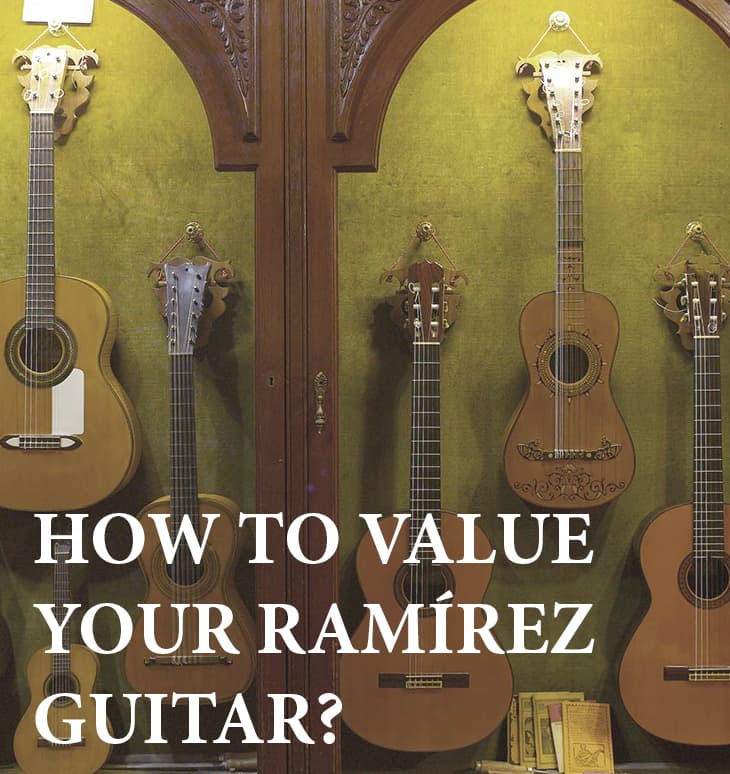

How to assess your Ramírez Guitar
As we are receiving many requests for information in this regard, we leave you this guide to better assess your Ramírez guitar. First of all, we do not asses or appraise instruments because we do not know how the second-hand market works, so we will not provide this information. You will find all the information in this regard on pages such as Ebay, Wallapop, reverb.com, milanuncios.com, among others, or stores specialized in second-hand guitars and instruments.
Valuation Guide
1
To assess your guitar well, the first thing you have to know is what type of guitar you have in your hands. For this we provide you with this video where the different labels that we use and have used are explained.
Also here you can download a PDF with the information on the labels.
2
Sabicas and segovia models
José Ramirez Tomás, one more fraud
The 36 mm headmachine
5E, 5CWE and SP
Model Marcel Dadí
Second class guitars or 2A
Find out all the information about the labels here.
Ramirez 1A
Second hand guitars
Headstocks
A guitar maker’s headjoint is like his signature.
Studio Guitars
Our Studio guitars, designed by us (bracing, template, design, specifications) and made exclusively for us in Spanish factories, later revised in the workshop, may belong to:
– Line R
– Line E
– Commemorative (125 years, 130 years, Tiempo, Serranito)
– FL
